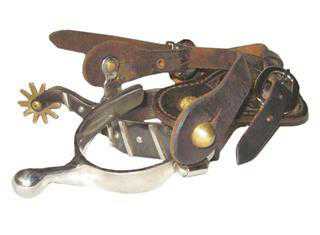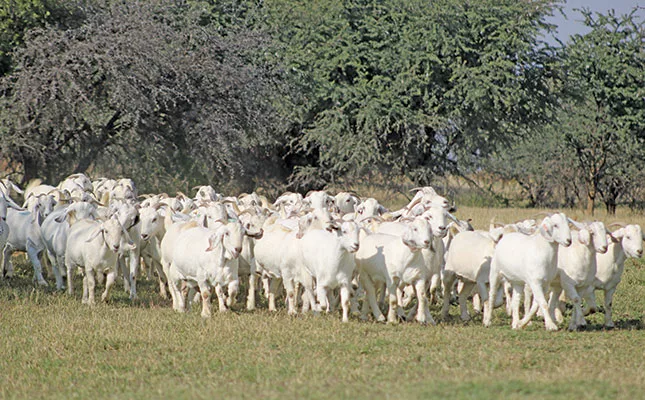Feeding rules – Part 1
After buying a horse, it's very important to know what to feed your new equine friend. Kim Dyson gives some useful feeding tips.
The Appaloosa not just a pretty horse
"We think the Appaloosa is the best multi-purpose horse around," says Rick Johnson of Sans Souci Farm in KwaZulu-Natal's Kamberg Valley.
Dealing with bots
Related to the nasal worms found in sheep, the larvae of the bot fly can cause digestive problems in horses, writes Dr Mac.
Looking after your donkey
With the high price of diesel, many farmers are reconsidering using donkeys for small loads, or to transport workers on the farm. As the health of the working donkey is...
Eye infections & blindness
Conditions involving your horse's eyes are potentially serious and should be treated by a vet, warns Kim Dyson. Issue date : 10 September 2010
All about spurs
Some people think those "cowboy" spurs look cool, others believe they're barbaric. Are they just for show, or can they serve a purpose, especially when it comes to Western riding?...
How to be a horse whisperer
There's no mysticism involved. To build a beautiful friendship with your horse, you just need to know how to speak its language, writes Kim Dyson.
Bombproofing your horse
Here’s how you can teach your horse to get used to strange objects and loud noises, provided you treat your horse sympathetically.
Lovely lavender
Lavender has healing properties and is an effective fly-repellent, writes Kim Dyson.
Wolf teeth can affect performance
Is your horse avoiding the bit or ducking to one side? It might be having teeth problems, writes Dr Mac.
Learn more about your horse’s personality
Horse lovers can chat for hours about their horses and their wonderful personalities – but what are their animals’ actual strengths and weaknesses? How do they get along with other...
Treating chronic joint disease
Osteoarthritis, or degenerative joint disease, can affect any joint, but it’s most common in the knee, hock, fetlock and coffin joints.









